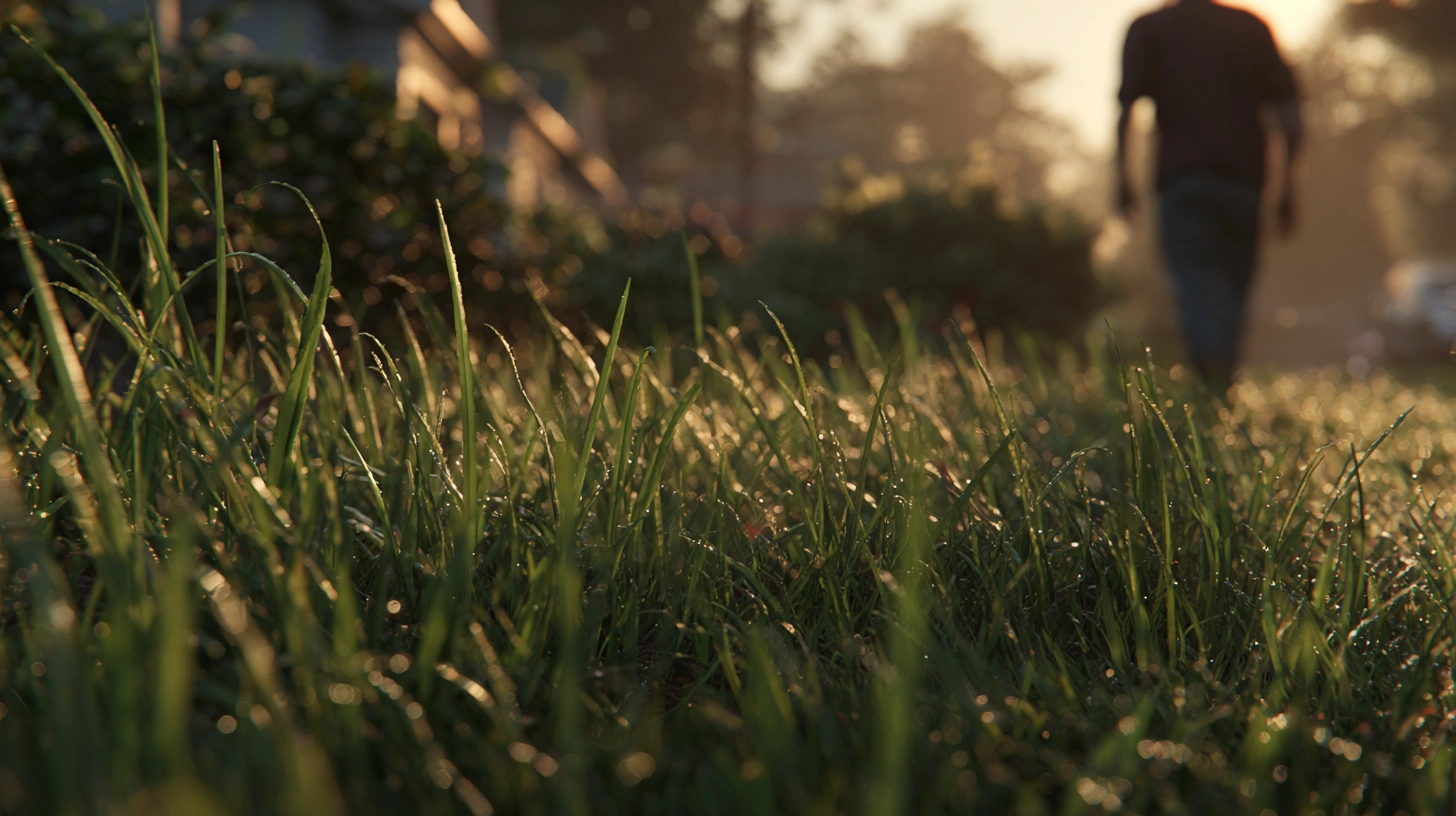Late-Summer Grassy Weed Control for Ohio Lawns

Identify and tame late-summer grassy weeds in Ohio cool-season lawns. Practical tips on spotting crabgrass, foxtail and safe treatment strategies.
Late-Summer Grassy Weeds in Ohio Lawns: Identification & Control
Introduction
Late summer in Ohio can bring a familiar frustration: your cool-season lawn, which thrived through spring and early summer, suddenly looks more like a crabgrass battlefield than a carpet of Kentucky bluegrass. Those fast-growing grassy weeds--crabgrass, goosegrass, foxtail and barnyardgrass--race ahead of your turf just when it's slowing down for the year.
I've seen homeowners spend weekends chasing these invaders without much success. The real secret? Accurate identification, timed treatments, and solid turf management. In this article, you'll learn how to spot the differences between common weeds, choose the right non-chemical and selective herbicide controls, and strengthen your lawn so weeds don't stand a chance next year.
By the end, you'll have a clear, step-by-step game plan to keep your Ohio lawn thick, green and free of late-summer grassy weeds--all with advice backed by OSU and Purdue turf research.
Problem Identification: Spotting Late-Summer Grassy Weeds
Late-summer grassy weeds in Ohio lawns share a few traits--they germinate in spring, grow rapidly, set seed in summer, then die off with frost. But each species has unique diagnostic features:
Crabgrass (Digitaria spp.)
Wide, flat blades that sprawl low across the surface
Finger-like seed heads (usually 5-10 "fingers") on long stalks
Smooth ligules (membranous sheet at leaf base)
Goosegrass (Eleusine indica)
Compact, flat rosette that hugs the soil, often in compacted or high-traffic areas
Silvery leaf sheaths and hairy ligules
Seed heads resemble a 5-7 fingered wheel
Foxtail (Setaria spp.)
Upright, coarse blades
Bristly, bottlebrush seed heads resembling a fox's tail
Membranous ligule with tiny hairs
Barnyardgrass (Echinochloa crus-galli)
Tall, coarse blades
Open, multi-branched seed heads with drooping panicles
Smooth ligule, often in poorly drained or compacted spots
Allowing a few plants to mature and form seed heads can make ID easier. Once you know which weed you're up against, you can choose the best control strategy.
Ready to transform your lawn?
Get personalized AI guidance for the perfect lawn. Download Grassmaster Gus now!
Causes and Contributing Factors
Grassy weeds exploit thin, stressed turf and hard soil conditions. In late summer, your cool-season grasses--Kentucky bluegrass, perennial rye, fine fescues--begin to slow as temperatures peak. That's when summer annuals surge ahead.
Key factors include:
Thinning turf: Drought, improper mowing height (below 3 inches) or nutrient deficiencies leave bare patches.
Soil compaction: Goosegrass and barnyardgrass love compacted, poor-draining soil.
Irrigation gaps: Irregular or insufficient watering weakens desirable grasses.
Addressing these issues is the foundation of weed prevention.
Solutions and Treatments
Non-Chemical Controls
Mowing Height: Keep your mower set at 3-4 inches. Taller grass shades weed seedlings and reduces seed head formation in crabgrass.
Irrigation: Water deeply and infrequently--about 1 inch per week--to encourage deep roots in turf, not shallow roots in weeds.
Fertilization and Overseeding: A fall nutrient boost (early September) and overseeding thin areas with a blend of Kentucky bluegrass and fescue helps build a dense turf canopy.
Aeration: Core aerate in spring or fall to relieve compaction, especially in high-traffic zones.
Hand-Pulling: After a rain, the soil loosens and you can pull young weeds with minimal roots left behind.
Chemical Controls
Selective herbicides are powerful, but timing and the right active ingredient are critical:
Preemergence Herbicides (Early Spring)
Apply when soil temperatures reach 55 degreesF for several days (usually late March in Ohio).
Common actives: prodiamine, pendimethalin, dithiopyr.
Forms a barrier to prevent weed seeds from sprouting.
Postemergence Herbicides (Late Summer)
Target young, actively growing weeds (2-4 leaf stage).
For crabgrass: fenoxaprop, quinclorac, mesotrione, topramezone.
For goosegrass and barnyardgrass: fenoxaprop or topramezone (quinclorac less effective).
For foxtail: fenoxaprop or quinclorac offer moderate control.
Always read and follow label directions on compatibility and turf species tolerance.
Tip: Avoid mowing for 2-3 days before and after application to let the herbicide absorb through the leaves.
Safety and Weather Considerations
Check the 7-day forecast: avoid heavy rain within 24 hours after application.
On dry soils, irrigate lightly the day before to boost herbicide uptake.
Wear protective gear--gloves, long sleeves, eye protection--and calibrate sprayers accurately.
Never apply near water bodies or during windy conditions to reduce drift risks.
Prevention Strategies for Next Year
Winning the war against weeds is about long-term turf health:
Seasonal Fertilization: A balanced program--nutrients in spring, a slow-release boost in early fall.
Overseeding: Fill in thin spots in September with a cool-season mix suited to your region.
Routine Aeration: Every 12-18 months for compacted lawns.
pH Testing: Aim for a pH of 6.0-7.0. Lime or sulfur applications can balance extremes.
Fall Preemergence Option: Some homeowners add a late summer application of preemergence to catch late-germinating weed seeds.
Cutting off the lifecycle of summer annual weeds will pay dividends in reduced spring emergence.
Conclusion
Accurate identification, strategic timing and robust turf care are your best tools against late-summer grassy weeds in Ohio lawns. By mowing right, watering smart and using the correct selective herbicides, you'll see fewer weeds and a healthier lawn that holds its own next season.
Next steps: check your mower settings, schedule core aeration for fall and mark your calendar for a spring preemergence application. Your neighbors may think you've hired a pro--just don't let them in on the secret.


